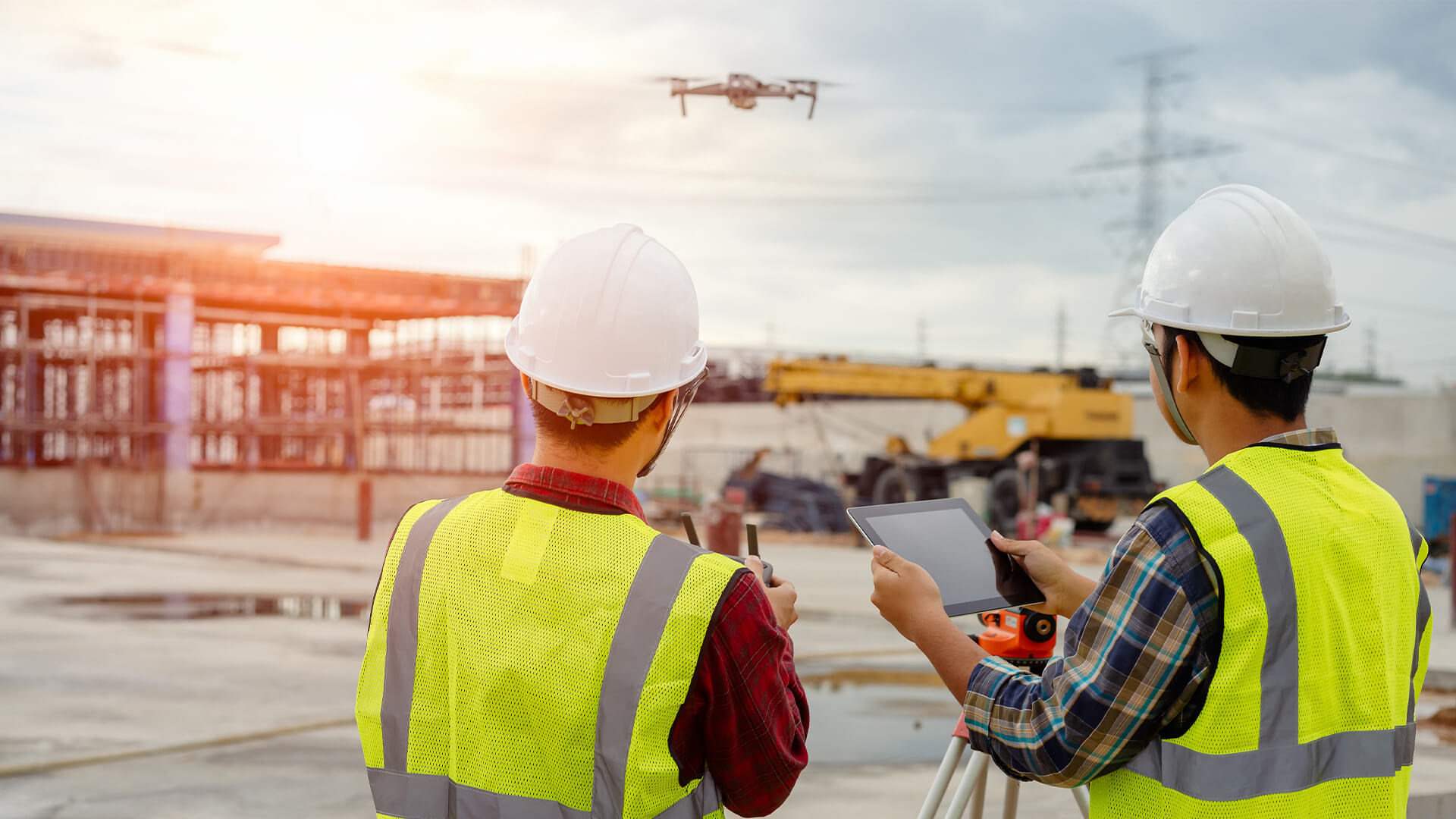As technology rises, so does efficiency and value in industries such as construction. These trends are taking the field to new levels.
Technology continues to impact our world on every level. From smartphone devices with apps that help us organise our lives to automated systems in manufacturing, technology plays an increasingly important part in how we operate in society. Advancements empower us to work smarter and more efficiently while getting more done, and the construction industry is no exception. Construction management technology and other computer-based tools and equipment provide opportunities for us to build better projects.
Managing Projects
No matter the type of construction, strong project management is critical to the successful delivery of a job. As a project manager or construction principal, you’re responsible for building a facility in accordance with contract documents, including all drawings, specifications, special provisions and proposals. You’re expected to do this in accordance with the planned budget and schedule, which means you oversee procuring materials, renting or buying tools and equipment, staffing, establishing safe work zones and more.
This work requires adherence to strict internal and client-facing processes. Construction management software for builders and contractors helps to keep your projects organised, predictable and progressing in several key areas:
- Recording manhours of crew members
- Monitoring daily work progress
- Forecasting schedule and cost performance of the project on a regular basis
- Processing of material tickets, subcontractor invoices and other documents
- Tracking material quantity takeoffs
- Observing and reporting on site safety, including tracking purchases of personal protective equipment
Consider a software platform that you can use to review and streamline job procedures through the examination of a construction project management process flow chart. Construction management tools offer several opportunities to improve the way you do business.
Improving Inspection With Drones
Perhaps one of the best examples of construction management technology trends is the use of drones. These devices can be programmed and automated to aid in visual inspection and examination of construction projects at various stages, even before you’ve broken ground. Aerial drones with cameras can be used for site reconnaissance to view and record conditions in remote locations.
At various stages of a job, drones can be used to provide visuals from hard-to-reach spots in a facility that’s under construction. Instead of a human facing the hazards of confined spaces or heights, a drone can provide real-time or recorded information to help you or other team members inspect the work and make resultant decisions. Another bonus is that flyover drones can provide attractive aerial photos of completed projects for marketing brochures and qualifications statements.
Modelling Your Facilities
Building information modelling elevates 3D computer modelling to a new level. BIM takes the visual power of a 3D model of a proposed facility and merges it with data that helps facilitate its design and construction. During the design phase of a project, an engineer or architect can see how even the smallest changes to the design can impact the quantities of materials needed and overall project cost. This makes BIM very powerful as construction management software for builders and contractors for design-build contracts where design and construction occur in tandem. In a more traditional design-bid approach, contractors and superintendents can use BIM-generated models to assist with quantity takeoffs and scheduling the delivery of materials.
Printing in 3 Dimensions
The implications of 3D printing with respect to construction management technology are huge. Imagine working on a project where field conditions are different than what the contract documents indicated, rendering ordered materials unusable. 3D printing makes it possible to create a structural member or building component, reducing or eliminating costs associated with production, delivery and waste. With owners and clients increasingly commissioning facilities that are more environmentally friendly, 3D printing could be the future of material sourcing for major construction projects, especially jobs that make use of modular, prefabricated components.
Protecting With Wearable Tech
Personal protective equipment is crucial to keeping crews safe within a work zone. From steel-toe boots to safety goggles to earplugs, these items help protect bodies from injury.
Hardhats are some of the most recognisable symbols not only of PPE but the construction industry itself. Now hardhats can be equipped with technology that tracks the location of the wearer while out in the field. The worker’s movements and body temperature can also be monitored for safety. These smart hardhats can also capture photos to help a superintendent or foreman keep track of workers in remote or confined locations.
From generating a project tool such as a construction project management process flow chart to providing remote, real-time oversight, technology is helping contractors, owners and vendors reimagine what’s possible when it comes to project management. Improving site safety, reducing project costs and delivering successful projects are just a few of the advantages that technology offers construction professionals.

































